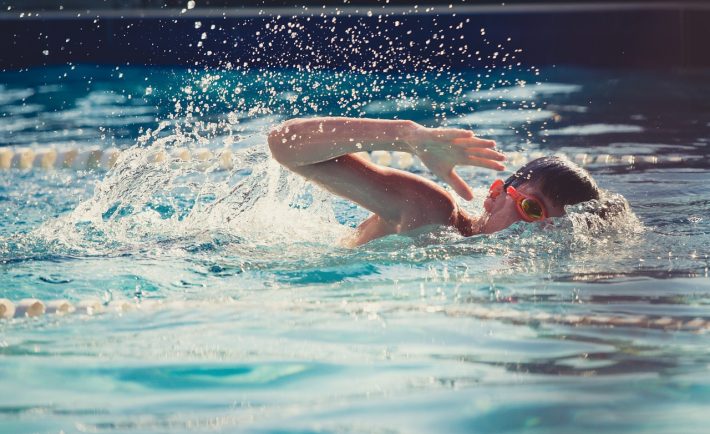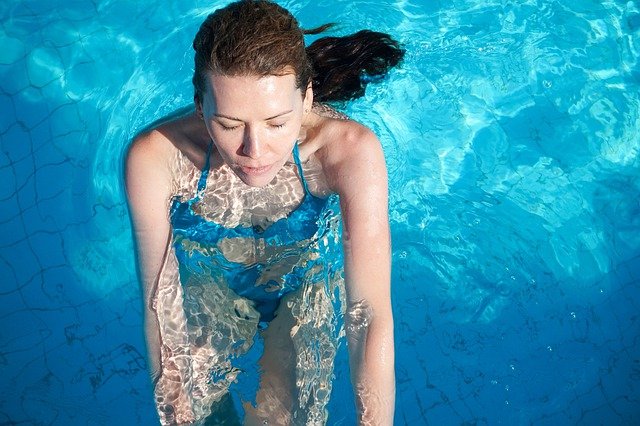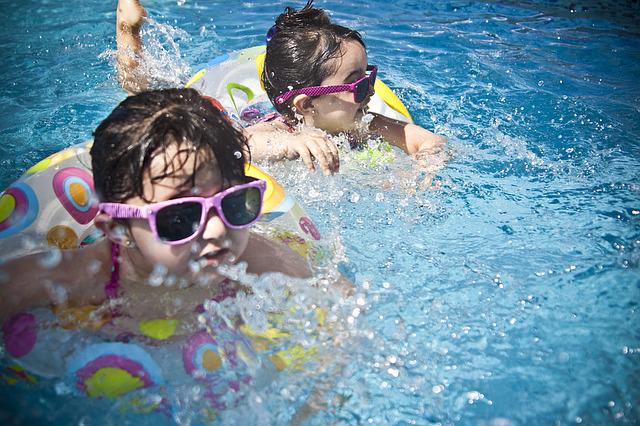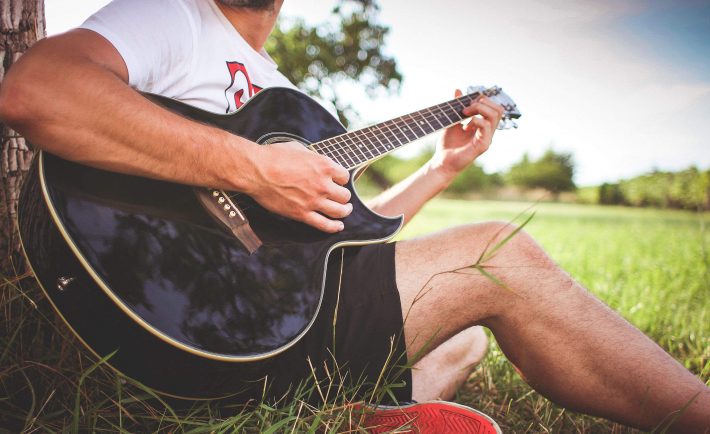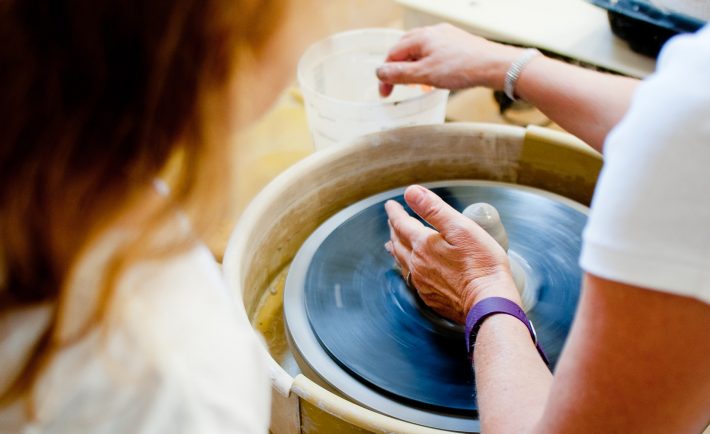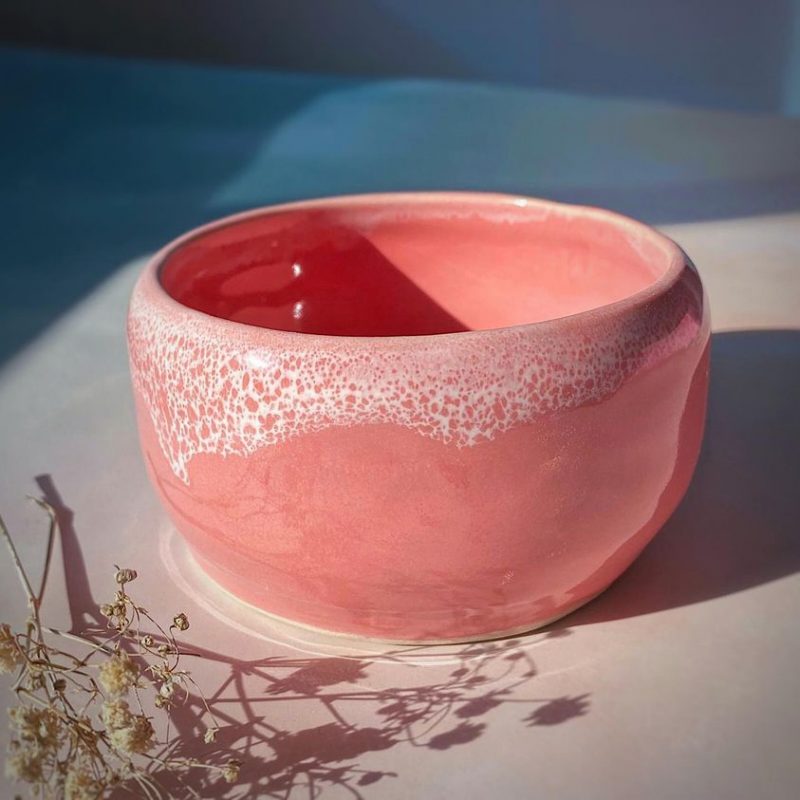Selecting the right piano teacher plays a significant role in shaping your skills, techniques, and overall appreciation for the instrument. When searching for a piano teacher, you should consider their qualifications and experience, which ensure that they can provide both technical instruction and musical mentorship.
Your personal goals and preferences are paramount when choosing an instructor. Whether you’re aiming for classical training, looking to explore jazz improvisation, or simply want to play for enjoyment, it’s important to find a teacher whose expertise and teaching style align with your objectives. A teacher’s capability to adapt to your learning style and the rapport you establish with them will greatly influence your progress and the enjoyment you derive from your lessons.
Understanding Your Goals
When choosing a piano teacher, it’s essential to clarify what you wish to achieve, as this will steer your decision-making process.
Identifying Your Musical Aspirations
You need to determine what kind of pianist you want to become. Whether it’s mastering classical pieces, playing by ear in a contemporary style, or simply gaining a new skill for personal enjoyment, your musical aspirations will influence your choice of teacher.
- Classical Training: Look for teachers with a strong background in theory and classical repertoire.
- Contemporary Styles: Seek a teacher who specialises in jazz, pop, or other modern genres if that’s where your interest lies.
- Hobbyist: If you’re learning for fun, find someone who makes lessons engaging and flexible.
Setting Realistic Expectations
Your progress on the piano will depend on your commitment and the quality of instruction you receive. Setting realistic goals and timelines is crucial.
- Beginner: Understand that fundamentals take time. Look for a teacher who is patient and encouraging.
- Intermediate: Focus on developing technique and musicality. Aim for a teacher who can challenge you appropriately.
- Advanced: Choose a mentor who can refine your skills and potentially offer performance opportunities.
By aligning your goals with the expertise of a piano teacher, you’ll be better equipped to make an informed choice that suits your musical journey.
Evaluating Teacher Credentials
Once you understand what you’re looking to achieve with piano lessons, it’s time to make a list of prospective piano teachers and evaluate them. For Singapore the easiest way is to check the list of piano teachers and schools on SGLessons where you can see teacher profiles, compare prices and reviews, and contact teachers directly.
Assessing piano teachers’ qualifications is as crucial as gauging their teaching style. Ensure the credentials align with your learning objectives and the teacher’s ability to cater to your educational needs.
Assessing Educational Background
Your piano teacher’s educational background provides insight into their formal training and musical knowledge. Look for qualifications such as a Bachelor’s or Master’s degree in Music, with a specialisation in piano or music education. Advanced diplomas or degrees from recognised institutions indicate a solid foundation in both theory and practice.
Checking Professional Experience
Experience is equally telling of a teacher’s capacity to impart skills effectively. Determine how long the teacher has been instructing and what levels they cater to, from beginners to advanced students. A history of nurturing students to complete examinations or performances can reflect their competence in teaching.
Recognising Accreditation and Affiliations
Accreditation and professional affiliations, such as membership in a music teachers’ association, signal a commitment to industry standards and continuous development. Confirm the teacher’s Grade 6 Practical and Grade 5 Theory credentials from recognised music examination boards like the ABRSM (Associated Board of the Royal Schools of Music) or Trinity College London.
Considering Teaching Style
The teaching style of your prospective piano teacher significantly affects how you will learn and progress. It’s essential to find one that complements your learning preferences and goals.
Matching Teaching Philosophies
Your musical aspirations should align with your teacher’s philosophical approach to instruction. A teacher who views music education as a strict discipline may suit you if you’re aiming for professional performance levels. Conversely, if you seek to enjoy and explore music in a relaxed setting, seek out a teacher with a more flexible and supportive philosophy.
Assessment of Communication Skills
Evaluate how effectively a teacher communicates. You’ll benefit most from a teacher who articulates concepts clearly and listens to your questions and concerns. During an initial discussion or trial lesson, pay attention to:
- Clarity: Are the teacher’s explanations comprehensible and precise?
- Patience: Does the teacher allow you time to process new information?
- Feedback: Is the critique provided constructively and in a manner that you find motivating?
Exploring Teaching Methodologies
A variety of teaching methodologies can influence your learning progress and enjoyment. Here are a few you may encounter:
- Traditional: Emphasises reading music and technique.
- Suzuki: Focuses on learning by ear and mimicking before reading music.
- Alexander Technique: Aims to reduce physical stress and improve ease of playing.
Consider which method resonates with your learning style and will help you achieve your musical objectives.
Practical Considerations
Take into account logistical aspects that will affect your learning experience. These include where the lessons will take place, when they are scheduled, and the financial commitment involved.
Consider the location of your piano lessons. You want a site that is easy for you to reach, whether it’s the teacher’s home, a music school, or your own house if the teacher offers home visits. Accessibility is crucial to maintain regular attendance and reduce travel-related stress.
- Home Lessons: Convenience; potential higher cost
- Teacher’s Studio: Specialised environment; commute required
- Music School: Access to more resources; might be further away
- Online Lessons: Cheap, convenient; limited feedback from a teacher
Lesson Scheduling and Flexibility
Your schedule and the teacher’s availability must align. You need a teacher who can offer lessons at times that suit you.
- Fixed Schedule: Consistent; less flexible
- Flexible Scheduling: Can adapt to changes; could be less structured
Cost of Lessons and Payment Terms
Be clear about the cost for your piano lessons and how it aligns with your budget. Teachers might charge per lesson, per term, or have different rates for varying lesson lengths. Also, understand the payment terms—whether it’s in advance, per session, or on a monthly basis.
- Cost Per Lesson: S$40 – 100 (30-60 minutes)
- Bulk Payment: Discounts for term payments
- Cancellation Policy: Understand penalties or notice periods
Remember to discuss these aspects in detail with any potential teacher to ensure their suitability and to avoid any hidden surprises.
Trial Lessons and Interviews
Trial lessons and interviews are pivotal in this quest as they provide a platform for mutual assessment between you and potential piano teachers.
To set up a trial lesson, reach out to prospective teachers with your availability, expressing your desire for an introductory session. Ensure this meeting occurs in the teaching environment, whether it’s their studio or a music school, to give you a sense of the learning atmosphere.
- Contact Method: Preferably via email or telephone, providing a personal touch.
- Scheduling: Propose several dates and times to increase the likelihood of finding a suitable slot.
Prepare a list of specific questions to ask during your trial lesson or interview to understand the teacher’s approach and see if it aligns with your goals. Your questions might include inquiries about their:
- Qualifications: Ask about their educational background and teaching certifications.
- Experience: Explore their experience with students at your level of proficiency.
- Teaching Style: Get insight into their method of instruction and whether it complements your learning style.
- Expectations: Clarify what they expect from their students in terms of practice and progress.
By methodically approaching trial lessons and interviews, you forge a path to a rewarding educational relationship with the right piano teacher for you.




